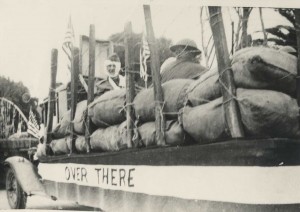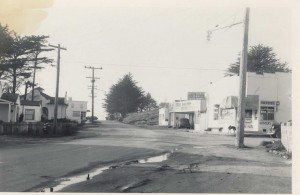January 1945
From the Half Moon Bay Review
“War needs more men in the Armed Forces and the Draft Boards must supply much greater numbers next spring than last fall. However, since food needs also must be met it appears that except for boys just turning 18, most San Mateo County farmers still at home now will probably continue to be deferred on condition that they do a good job on their crops,” D.T. Campbell, Chairman of the San Mateo County War Board, Half Moon Bay, Calif.
“Cooperation of Draft Boards of San Francisco and San Mateo Counties, the War Board carries on a continuing review of the work and the crops of all deferred farmers so that those not doing a full farm job may be promptly released to the Armed Forces.
“Currently all deferred farmers until 26, all over the United States are being given a routine physical examination to learn which are qualified and which are not qualified physically for Military duty. A similar check-up may be made shortly for men over 26.
Dr. D. T. Campbell, War Board chairman said, “These examinations should not be confused with the well known Pre-Induction Physicial Examination. In spite of erroneous statements to the contrary, these routine examinations as were held this last week for San Mateo County men are unlikely to change the draft status of farmers. Farmers should stay right on the job and continue full crop plans for this season. If you are in doubt about your own caseor your prospects, call at the War Board Office in Half Moon Bay.”



